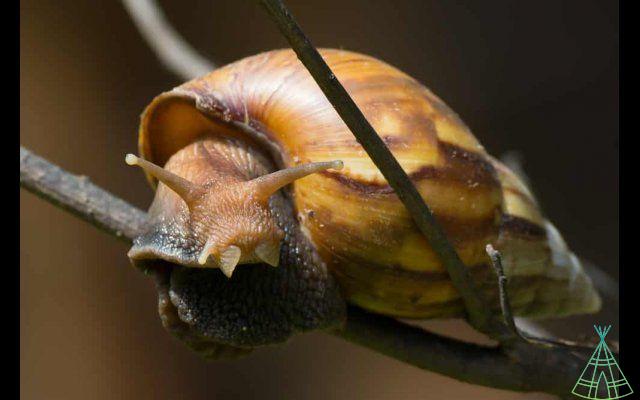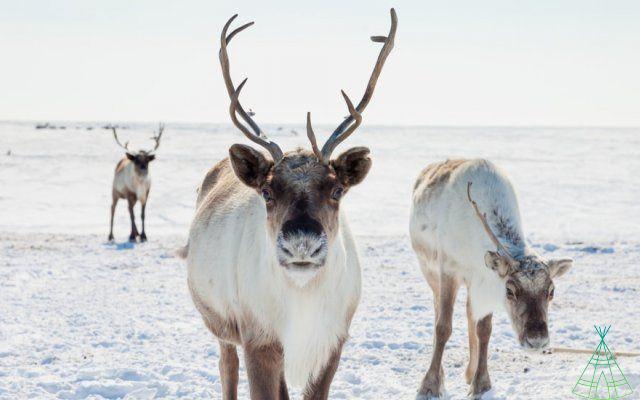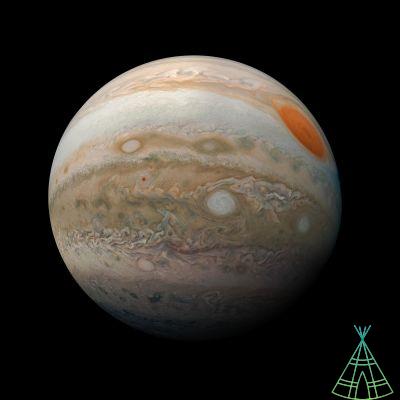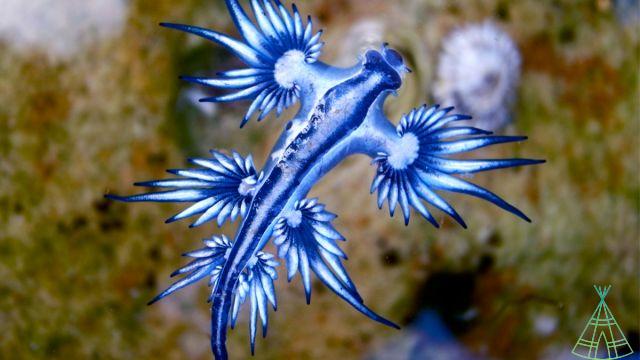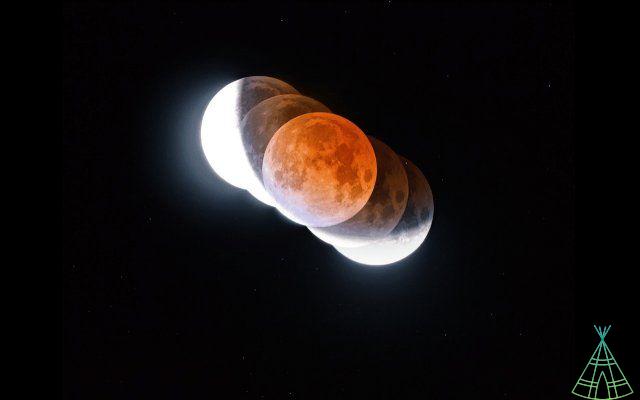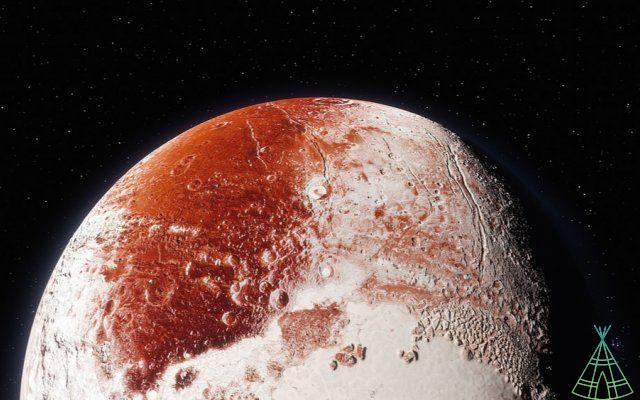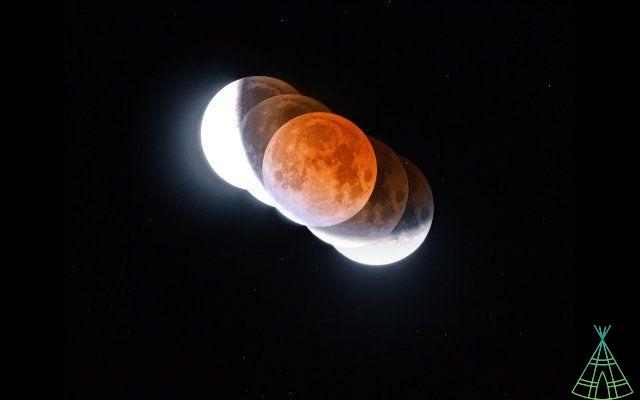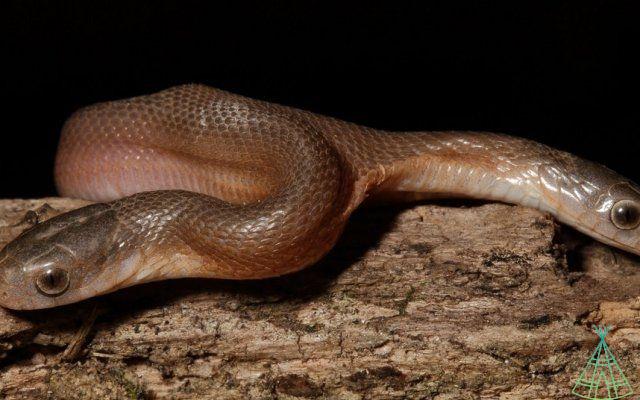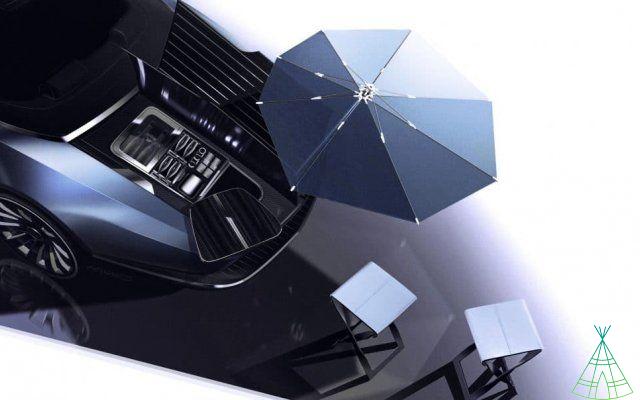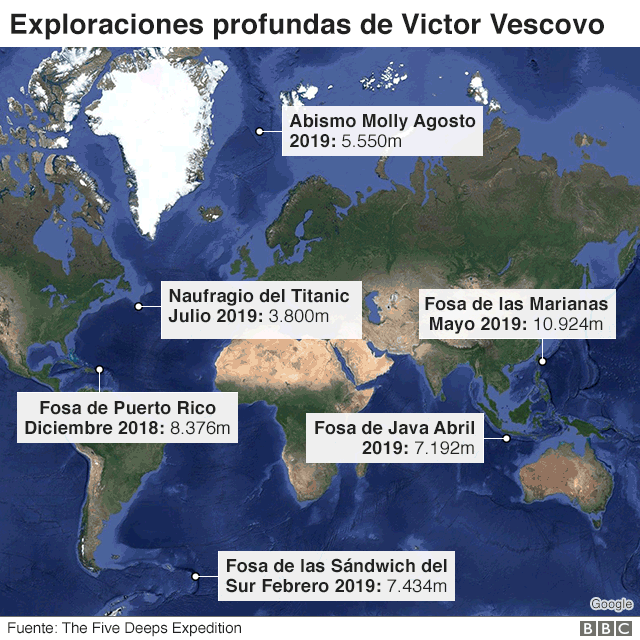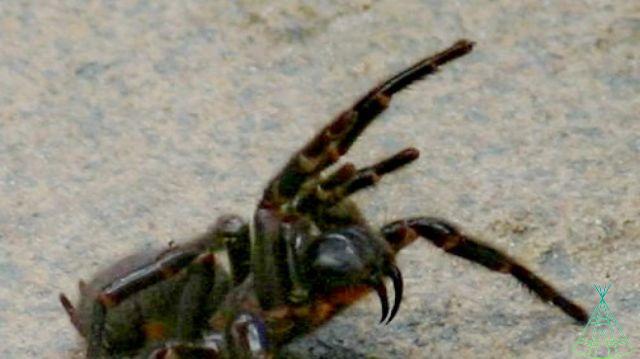
A so-called “mega spider” was welcomed by the Australian Reptile Park in New South Wales, Australia. The animal conservation charity claims it is the “largest example” of a funnel spider they have ever seen.
Funnel spiders are small compared to other arachnid species, so evidently this size has to be put in context relative to other individuals of their species. Below our block entitled “Read also”, we will publish an image of the animal and, throughout the text, some facts of interest related to spiders, but here is the trigger alert for people with arachnophobia or other similar fears.
Read also:
- Mom and prehistoric spider chicks get trapped in amber
- Spiders can neutralize snakes hundreds of times their size, study finds
- Meet the cute spider that looks like Nemo
The park funnel spider measures about eight centimeters (8 cm) from paw to paw (span between first front and last paw) and has tusks of approximately 2 cm. Excluding that, the arachnid measures 5 cm in body – all of these are relatively above average for the species.
"It is unusually large, and if we can convince the public to donate more spiders to it, it will result in more lives being saved from the powerful venom it can produce," Michael Tate, the park's education officer, told CNN. “We really want to find out where it came from so that we can find more massive specimens of it”, said the expert, who stressed that the donation of the “mega spider” was anonymous.
According to the official website of the Australian Museum of Natural History, there are now around 40 species of funnel-web spiders, classified into one of two major genera: Hadronyche and Atrax. In Australia, they are quite common in the eastern part of the country, they vary in color from black to brown and all have a tougher shell to protect the body.
Unlike other species, this spider prefers to build small burrows in the ground or on flat surfaces, its name referring to the tapered shape of its web. Not all of the 40 species are dangerous, but those that are have very large venomous glands and their fangs are strong enough to penetrate fingernails or a few shoes.
It is worth remembering that, although large, the funnel web spider is not the largest in Australia, if we consider other species: the whistle crab (Selenocosmia crassipes) holds the honor with its 9 cm body and average of 16 cm of wingspan.
On a world scale, the largest spider currently recorded is the goliath spider (Theraphosa blondi, known in some places by the unfriendly nickname "bird edora", although they don't do this often): although other species have longer legs, the T.blondi weighs nearly 200 grams (g), giving it the crown for sheer opulence.
None of them, however, manages to take the crown from Brazil in this matter: considered the most dangerous spider in the world due to the lethality of its venom, the wandering spider (Phoneutria fera and P. nigriventer) is normally found in humid and shady environments – indoors. of banana leaves. Highly harmful to the nervous system, the venom of the armadeira can cause severe salivation, irregular heart rhythm, high fever, sweating, severe pain at the bite site, accentuated breathing difficulties, dizziness and vomiting outbreaks. Oh yes: prolonged and very painful erections in men – an effect called “priapism” which, before male readers get excited, can lead to amputation. Yes, that.
Regarding the donation in Australia, a statement released by the park said: “[It] was in a plastic container with no label to indicate where it came from. Zookeepers are eager to know this information as they are hoping to find equally large specimens so that they can help in the production of larger amounts of antiarachnid serum.”
Have you watched our new videos on YouTube? Subscribe to our channel!




